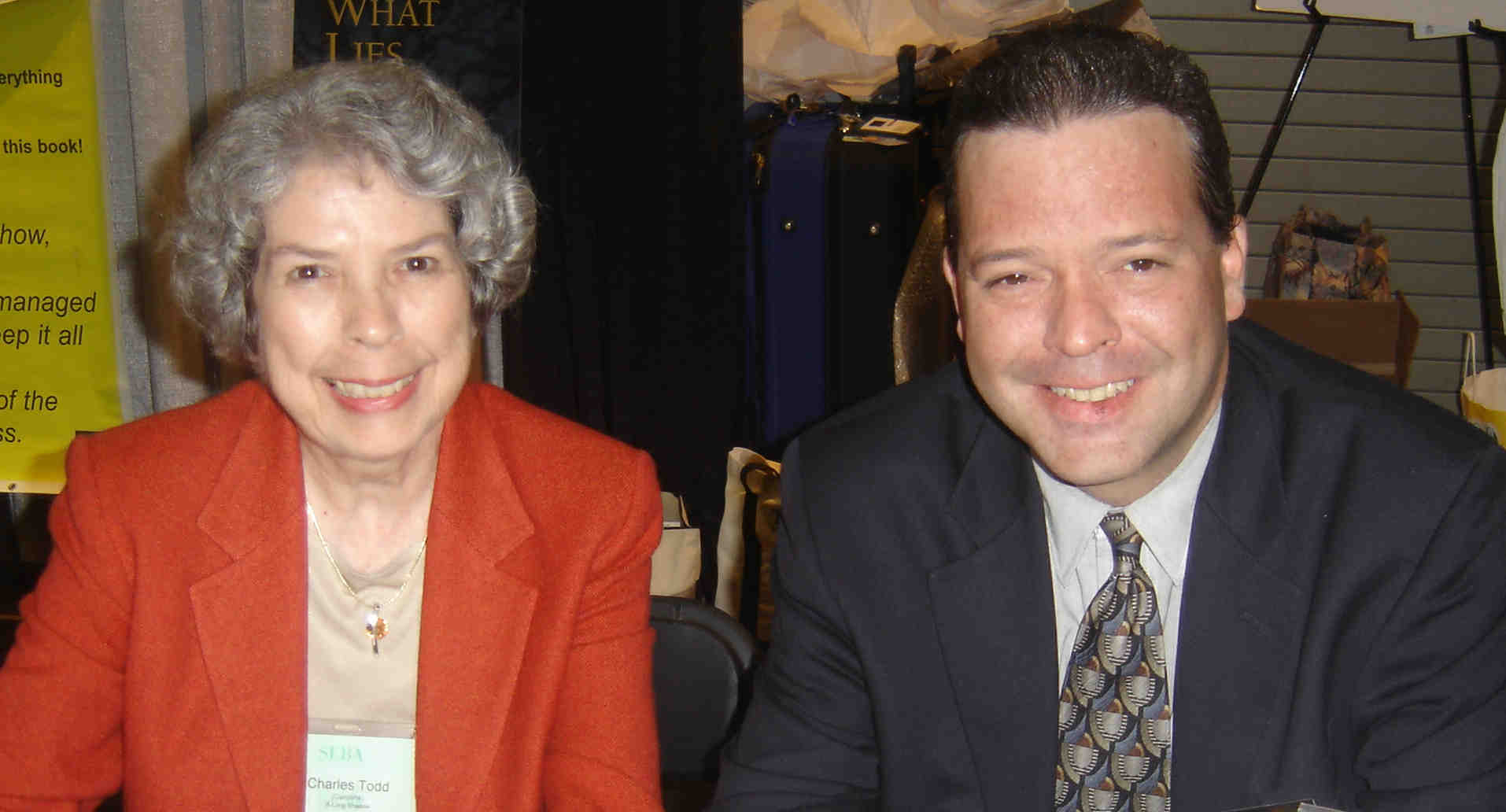 Bouchercon is over and what a fine conference it was. Hats off and lots of gratitude to the organizers.
Bouchercon is over and what a fine conference it was. Hats off and lots of gratitude to the organizers.
The conference was great.
The panels were great. And the guests of honor were great.
Personally speaking, it was great to see old friends and visit my hometown of Charleston, Missouri, and Columbia, Mo., where I went to college. I spent some much needed quality time with friends I have known since I was six years old and some of my relatives.
With Bouchercon comes awards. The lists of nominees were full of excellent novels.
So here's the list of as many winners as we could find. And, of course, congratulations to all.
2011 Anthony Awards, given by Bouchercon from votes by attendees:
Best Novel: Bury Your Dead by Louise Penny (photo at top)
Best First Novel: The Damage Done by Hilary Davidson
Best Paperback Original: Expiration Date by Duane Swierczynski
Best Short Story: Dana Cameron's "Swing Shift" in Crimes by Moonlight: Mysteries from the Dark Side
Best Critical/Non-Fiction: Agatha Christie's Secret Notebooks by John Curran
Best Graphic Novel Anthony: The Chill by Jason Star
Best Website/Blog: Stop, You're Killing Me website, maintained by Lucinda Surber and Stan Ulrich
2011 Shamus Awards, given by the Private Eye Writers of America
Best Hardcover P.I. Novel: No Mercy by Lori Armstrong
Best First P.I. Novel: In Search of Mercy by Michael Ayoob
Best Paperback Original P.I. Novel: Asia Hand, by Christopher G. Moore
Best P.I. Short Story: “The Lamb Was Sure to Go,” by Gar Anthony Haywood
The Hammer Award (Best P.I. Series Character): Sara Paretsky for V.I. Warshawski. Paretsky also has been honored this year with the Mystery Writers of America’s Grand Master Award and with Bouchercon 2011’s Lifetime Achievement Award.
The EYE (Lifetime Achievement Award): Ed Gorman. Gorman has written numerous standalone detective novels as well as the Jack Dwyer, Tobin, Leo Guild, Robert Payne and Sam McCain series.
2011 Macavity Awards winners:
Best Mystery Novel – Bury Your Dead by Louise Penny
Best First Mystery Novel – Rogue Island by Bruce DeSilva
Best Mystery-Related Nonfiction – Agatha Christie’s Secret Notebooks: Fifty Years of Mysteries in the Making by John Curran
Best Mystery Short Story – “Swing Shift” by Dana Cameron in Crimes by Moonlight: Mysteries from the Dark Side
Sue Feder Memorial Historical Mystery – City of Dragons by Kelli Stanley
2011 Barry Awards
Best Novel: The Lock Artist by Steve Hamilton
Best First Novel: The Poacher's Son by Paul Doiron
Best British Novel: The Woodcutter by Reginald Hill
Best Paperback Original: Fever of the Bone by Val McDermid
Best Thriller: Thirteen Hours by Deon Meyer
Best Short Story: "The List" by Loren D. Estleman

 Those of us who have enjoyed the novels of Charles Todd know how these elegantly plotted books immerse the reader in the post World War I era.
Those of us who have enjoyed the novels of Charles Todd know how these elegantly plotted books immerse the reader in the post World War I era.
